When we were shopping for RVs, one of the big questions we encountered right away was about towing a car. The big rigs all towed a car and many of the smaller RVs seemed to add a “toad” (a car towed behind the RV). But, for us, towing a car behind an RV meant we had to buy two vehicles – the RV and a car – since neither our SUV nor our sedan were designated as “tow-able” vehicles.
We had already decided that we wanted an RV that was better than the average. We expected better quality construction, upgraded decor and finishes, and a company with a reputation for good customer service. That meant buying a ‘lesser’ RV in order to afford a tow vehicle just wasn’t in our plans. At that point, the only RVs we had considered were the large Class As and the larger Class Cs – all in the 36- to 42-foot lengths.
Then, just by chance while browsing YouTube, we found Leisure Travel Vans. Those videos by Dean were just too much fun – we loved them! But the real story is that those videos introduced us to these compact RVs beautifully fitted with quality materials. These smaller LTVs met our expectations for a comfortable RV, and LTV’s reputation for reliability and customer service was well known. It was no surprise that when we toured a Unity MB at the Florida RV SuperShow, we decided to order one made just for us.
The size of our Unity MB was so maneuverable that we assumed we wouldn’t have to tow a car. My husband Jim had driven similar-sized vehicles as a paramedic and he was quite familiar with the ease of handling and parking this size of vehicle. In short, we chose our LTV Unity so we wouldn’t have to tow a car.

And we found that assumption to be absolutely true. The Unity is easy to drive – even for me! Though I had to learn to use the side mirrors more than I had with a car, driving our Unity is a pleasure. It is agile enough to navigate small-town streets, shopping center parking lots, or wide-open spaces.
Parking is easy in most places since it fits in a parking space width-wise. As for length, it takes up a couple of feet more than a single parking spot. That isn’t a problem in most shopping areas, but we also found that we can fit into a single parking spot if it allows us to back in and over-hang a grassy median or sidewalk.
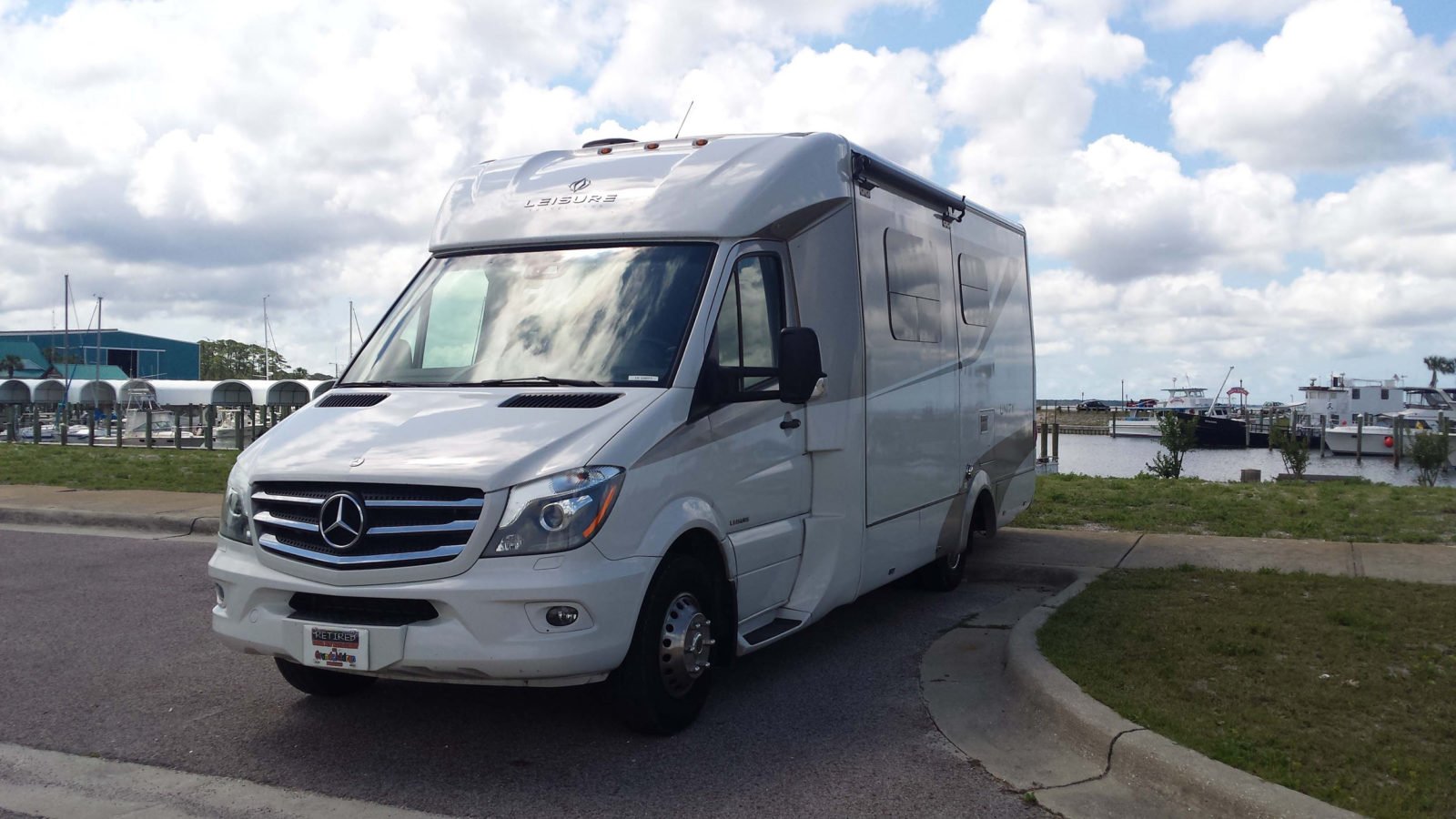
Though our decision not to tow a car was partially influenced by budget, it was also fueled by the desire to travel with less stress. Traveling in an RV is all about enjoying the journey and it seemed that towing a car was a stress point we didn’t want. Having to mind a “toad” meant checking the automatic braking system, securing the hitch properly, accounting for the additional length for turns, and so on.
So, you may wonder, how do we get around when we arrive at our destination if we don’t bring our own car? In many places, our small RV is just fine for errands, grocery shopping, sightseeing, and touring. It is easy to set up camp and a simple matter to unhook and go. We don’t have worries about leaving anything behind, and when we are ready to stop for a cup of tea, any parking lot will do. The feeling of being so self-contained is pretty terrific.
For instance, at some national parks like Badlands National Park, Arches National Park, and Gulf Islands National Seashore, using the RV like a car worked out well. The roads were great, there was adequate parking (as long as you go early in the day!), and a cool drink was never far away.
But, there are a few places that feel too challenging to take the RV as an errand vehicle. Some towns and cities can make driving even a small RV tenuous. Narrow streets, heavy traffic, scarce parking, very low bridge clearances, or downtown areas that don’t allow trucks of any kind are an indication we might need alternate transportation.
Depending on the area, we will resort to either calling for an Uber ride, walking, riding a bike, or renting a scooter or a car. We found a bike is a great way to get around state parks, small towns, and beach areas, whereas we call Uber or rent a car in places that are more spread out, like big cities, national parks, or large suburban areas.
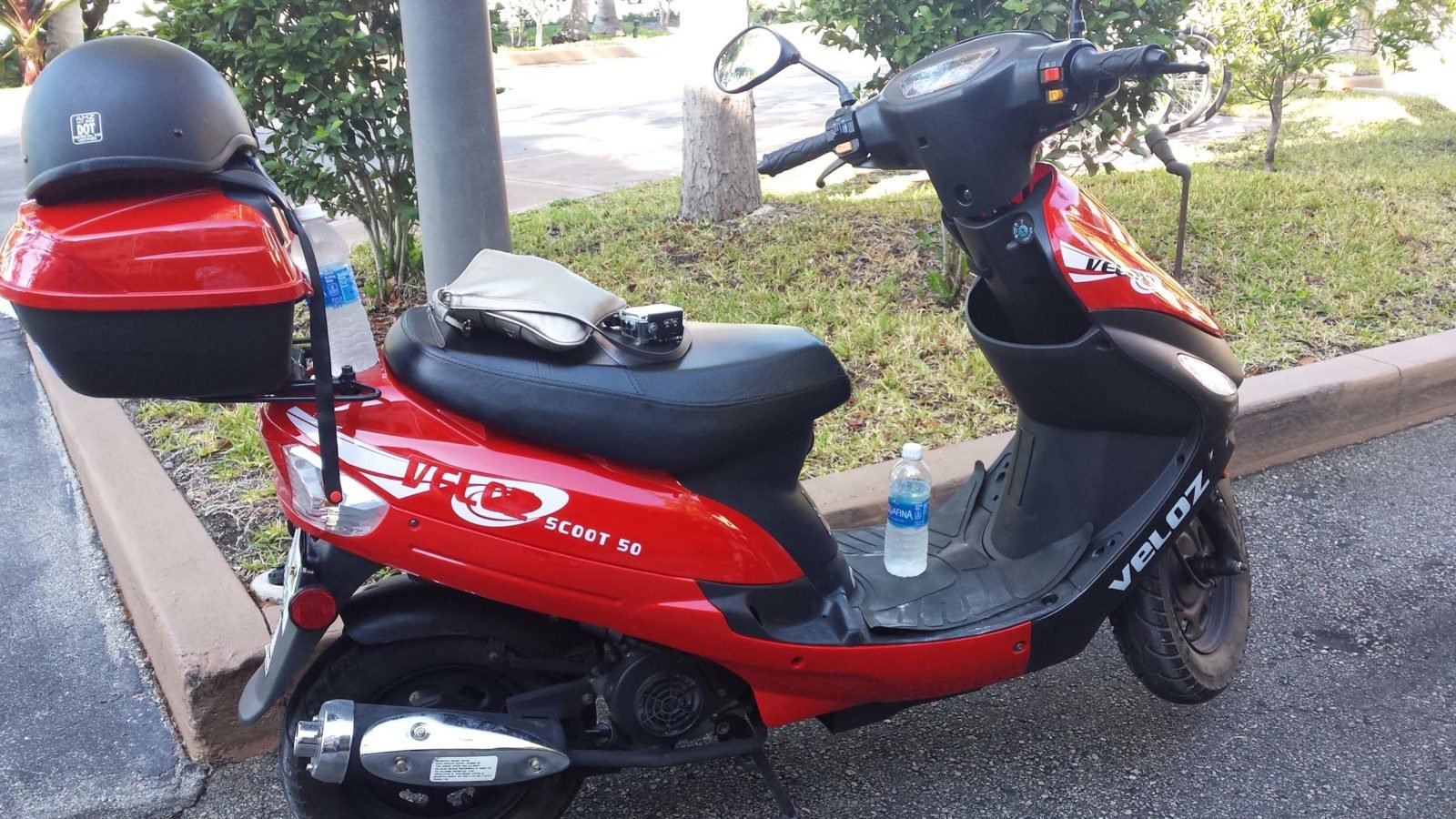
In Key West, Florida, and Charleston, South Carolina, we walked, biked, scootered, and Ubered everywhere. The narrow streets and crowded conditions of the downtown areas meant that driving the RV there wasn’t the best choice. Even a rental car meant we had to find parking in areas that didn’t offer much parking.
Michigan’s Sleeping Bear Dunes National Park, Colorado’s Rocky Mountain National Park, and Utah’s Arches National Park were perfect for car rentals, allowing us to not only tour the park areas but to venture out to see nearby attractions, like Mackinac Island in Michigan, Red Rocks Amphitheater in Colorado, and two more national parks in Utah.
Bikes were our first choice on Cape Cod, especially along the National Seashore’s bike paths and seaside roads. That was also true at Colorado’s Chatfield State Park with its miles of paved bike paths.
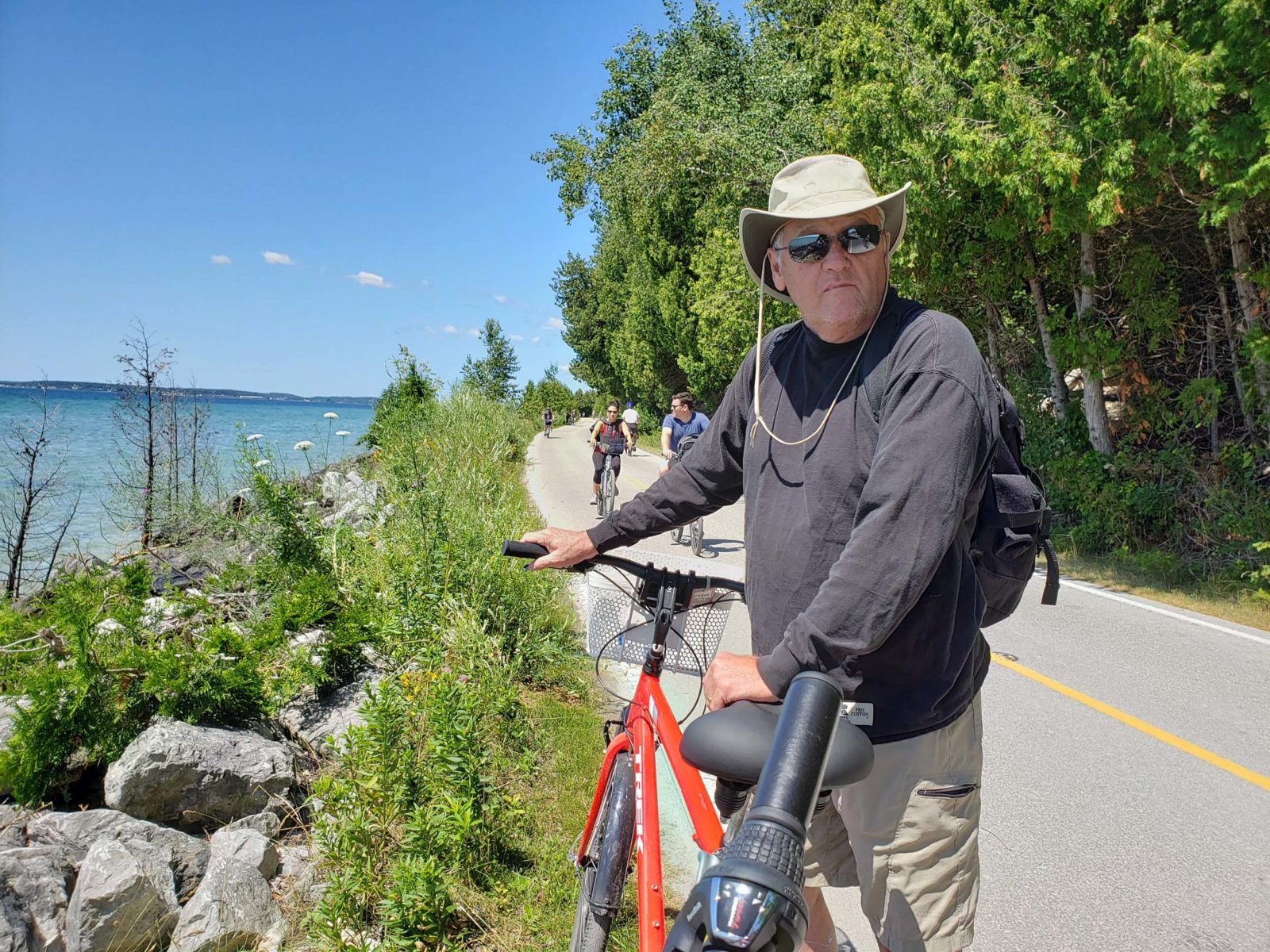
While the Badlands in South Dakota were spacious enough to use the RV to get around the Park, we found it was easier to find other transportation in Yellowstone National Park (a local tour company) and Acadia National Park (a park bus). Tour operators will often pick up guests at local campgrounds or provide parking at their facilities, and leaving the driving to a guide when touring a place like Yellowstone in July is a decision we are happy we made!
Although walking and bike riding are pretty cost-effective, using an Uber-type of service or renting cars has to be figured into your travel budget. Similarly, if you have your own car along, you’ll need to include the car payment, additional fuel, and towing costs as part of your trip. Thinking about the cost of an Uber ride or renting a car for a day in relation to the cost of owning and towing a car offers a bit of perspective to the budget equation.
The expense of renting a car might seem to be an extravagance but if you consider the costs involved in towing a car (the initial investment in a car, the towing apparatus), the rental car idea can seem more appealing. We only rent a car when we need it. We pay only for the fuel needed to drive around for a day or two. And there is no extra wear and tear on the RV’s transmission. More importantly, we don’t have the stress of keeping an eye on the “toad”. If a rental car breaks down, the company brings you a new one. If the “toad” breaks down, the day is lost (of course, you can always rent a car while the toad is in the shop!).
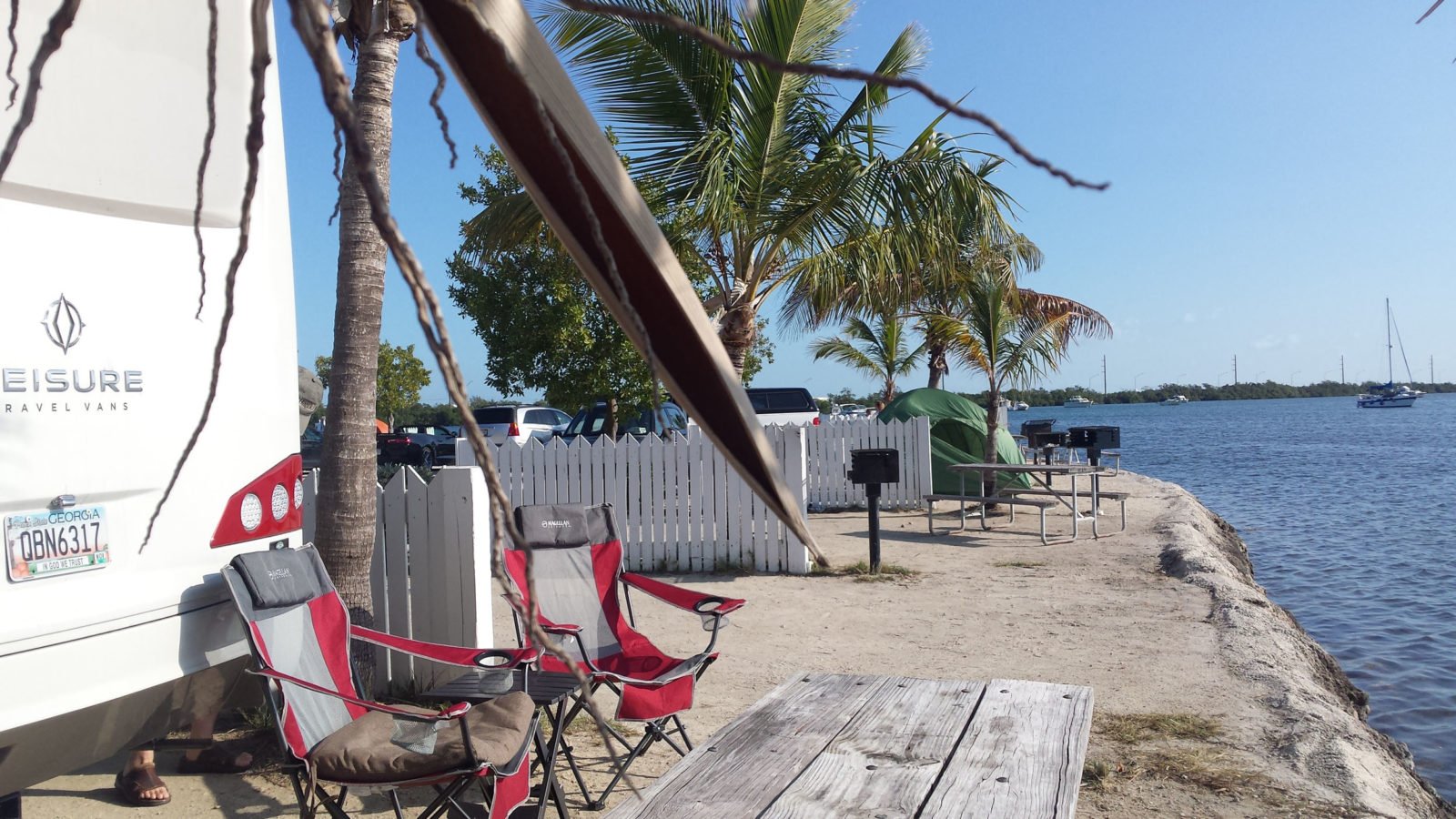
For us, traveling light means no “toad”. When we are ready to move on, there are no worries about hooking up the car, checking the auto-braking system, or securing the towing mechanism. We just pack up the electrical cord, the freshwater hose, and our camp chairs, and go. Lest you think this way of travel is without its drawbacks, traveling without a car means we have to do more planning on the front-end of our trip.
The destinations we choose have to be vetted for local transportation: Can we use the RV in town? Is there a bike rental that delivers? Does Uber service the area? How close is the rental car station? Thinking through where we want to go and what we want to do when we get there is an exercise in logistics. It is not hard to do this sort of pre-planning, but if you like true serendipity when you travel it can put a crimp in your freewheeling style.
And there are the “what if” kinds of problems, like making a rental car reservation and then finding out the station is out of cars, or your bike has a flat tire, or Uber is too busy to pick you up. Or, finding out late about a wonderful attraction nearby – but you need a car to get there. All of these things can happen and are just part of the choice of traveling without a “toad”.
If you’re thinking, “Well, if you had your own ‘toad’ you wouldn’t have to worry about all that!” I must tell you, in the four years of traveling in our Unity we have not had this happen to us… not even once. There always seem to be options for alternate transportation if we don’t want to drive the RV.
In the time we have been traveling in our small RV, we have not missed having our “own” car. The availability of Uber and rental scooters and cars makes it simple to get a ride when we need one, and the option of biking and walking keep us fit while on the road.
I suppose, in the end, it depends on how you want to travel. We like to stay on the move. We spend anywhere from two to five days in one place and then move on to a new destination. If you enjoy vacationing at one destination for two weeks, having your own car may be essential for you.
We understand that “not towing” isn’t for everyone so here are a few tips to consider if you are going to tow a vehicle:
- Research which type of car is best for your RV and your use. Choose the lightest vehicle that will fit your needs and stay within the Gross Combination Weight Rating found in your RV manufacturer’s literature.
- Check with your insurance company before buying a “toad” vehicle and understand their parameters on towing a car.
- Make sure to find the right kind of towing equipment for your car and your RV.
- Install a secondary braking system for the car that works with your RV’s braking system. Since RVs are difficult to stop, adding a car makes a second braking system necessary.
- When you are towing a vehicle, make a point to do a “360 degree tour” around your whole rig before you leave for a trip, and every time you make a stop. Inspect the connections, brakes, and lights.
- Practice driving with your “toad” hooked up. Get a feel for the additional length needed for turns and for pulling into gas stations or parking lots.
- Remember, you cannot back up with a “toad” attached! Plan your route thoughtfully and be wary of tight spaces.
- Enjoy having the freedom to wander once your RV is hooked up at camp!
Not towing a car behind our RV was the right decision for us. Maybe it is – or isn’t – for you! You’ll need to consider the type of travel you are doing, the kind of destinations you intend to visit, the expense of the car and its accoutrements, and whether your trips will keep you camped in one place or making frequent moves from one campground to another.



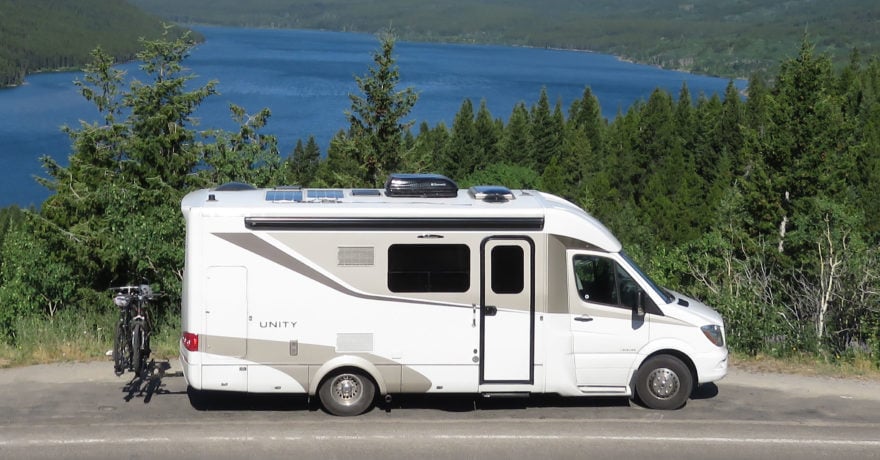
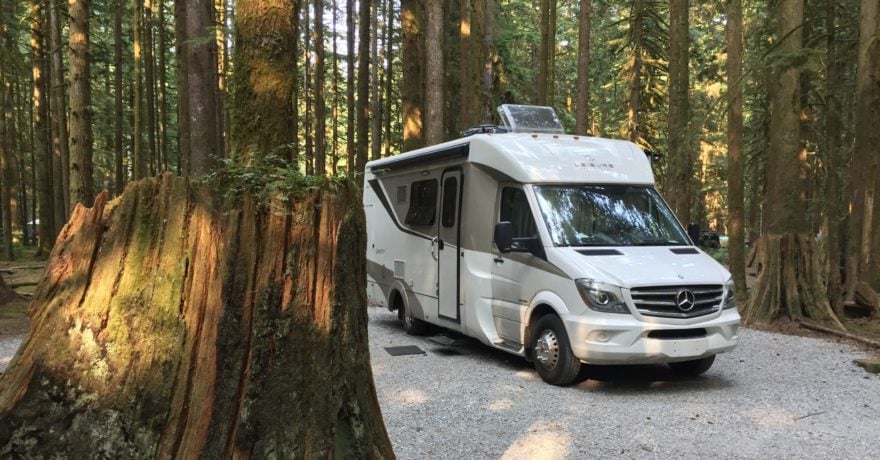

Comments